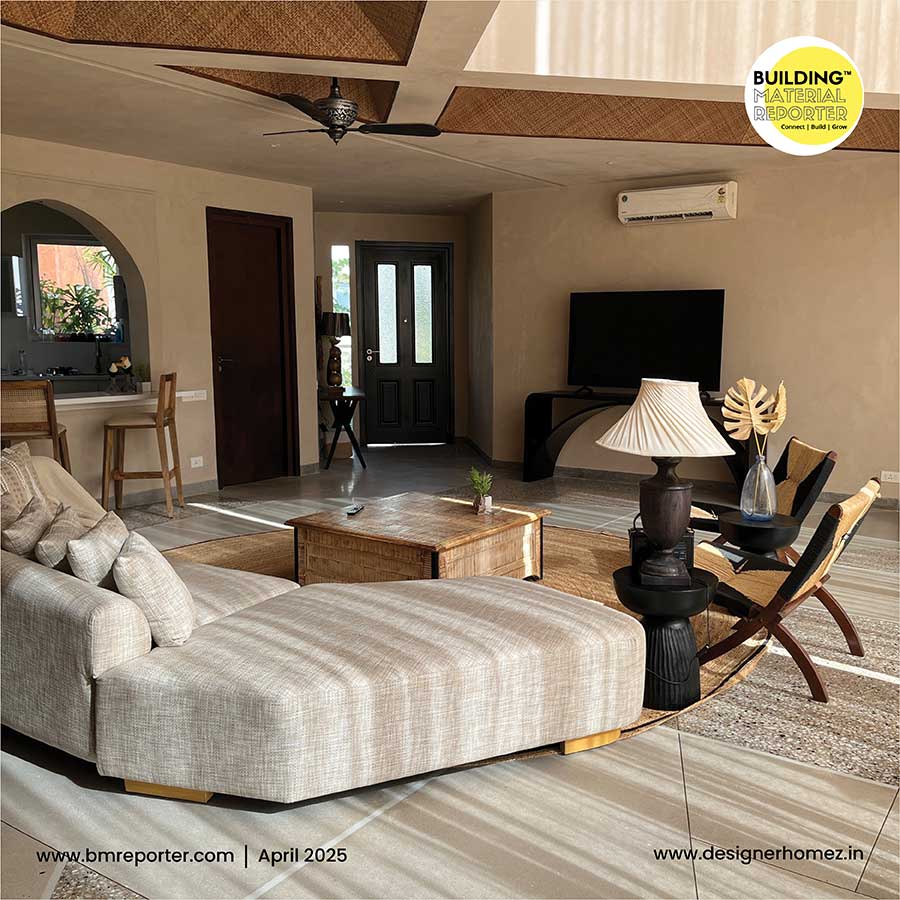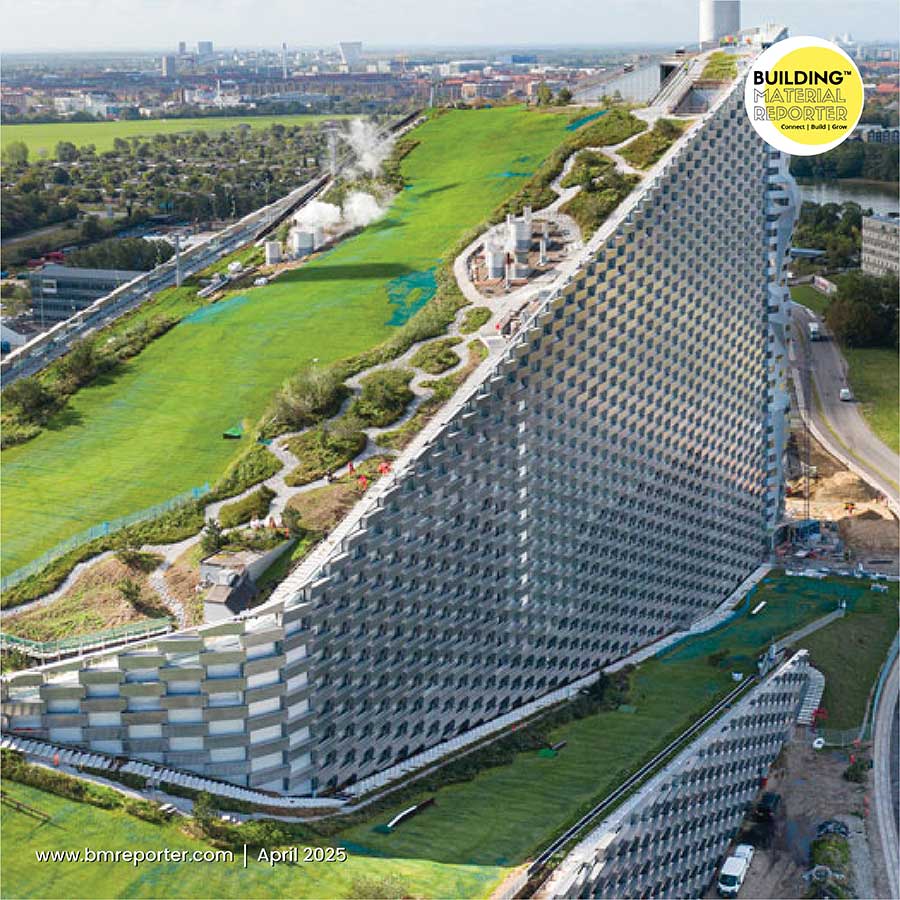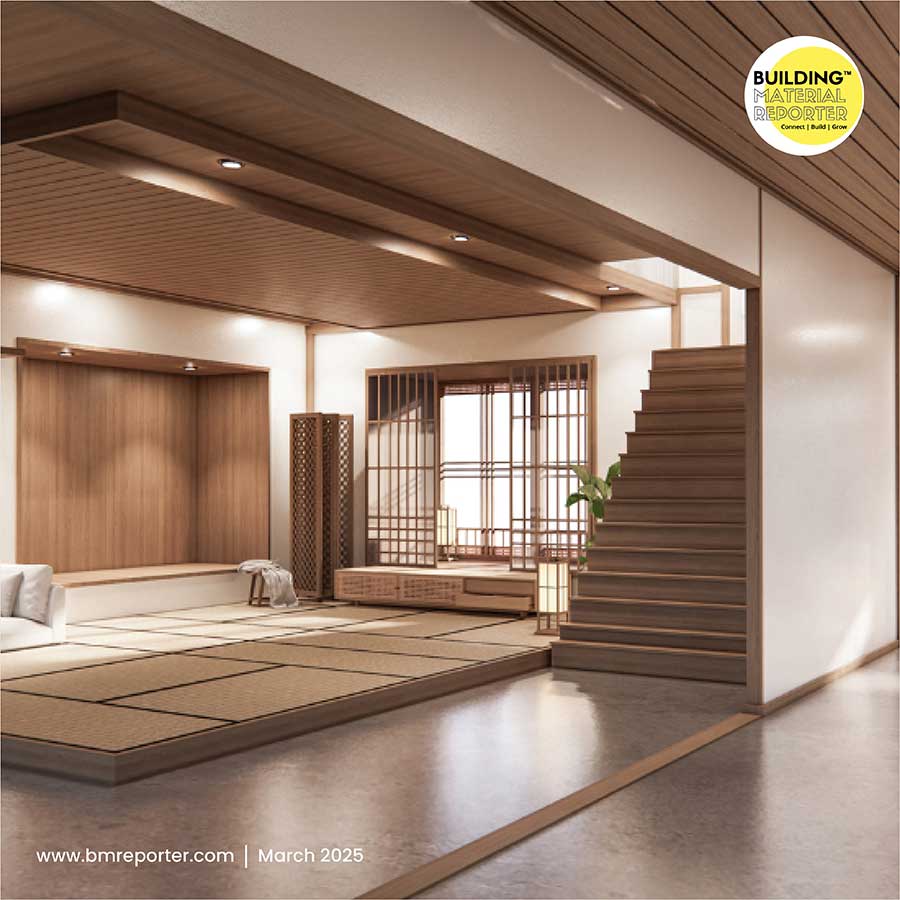Trending Construction Materials 2023: Top 5
- June 29, 2023
- By: Editorial Team
- INFLUENCERS
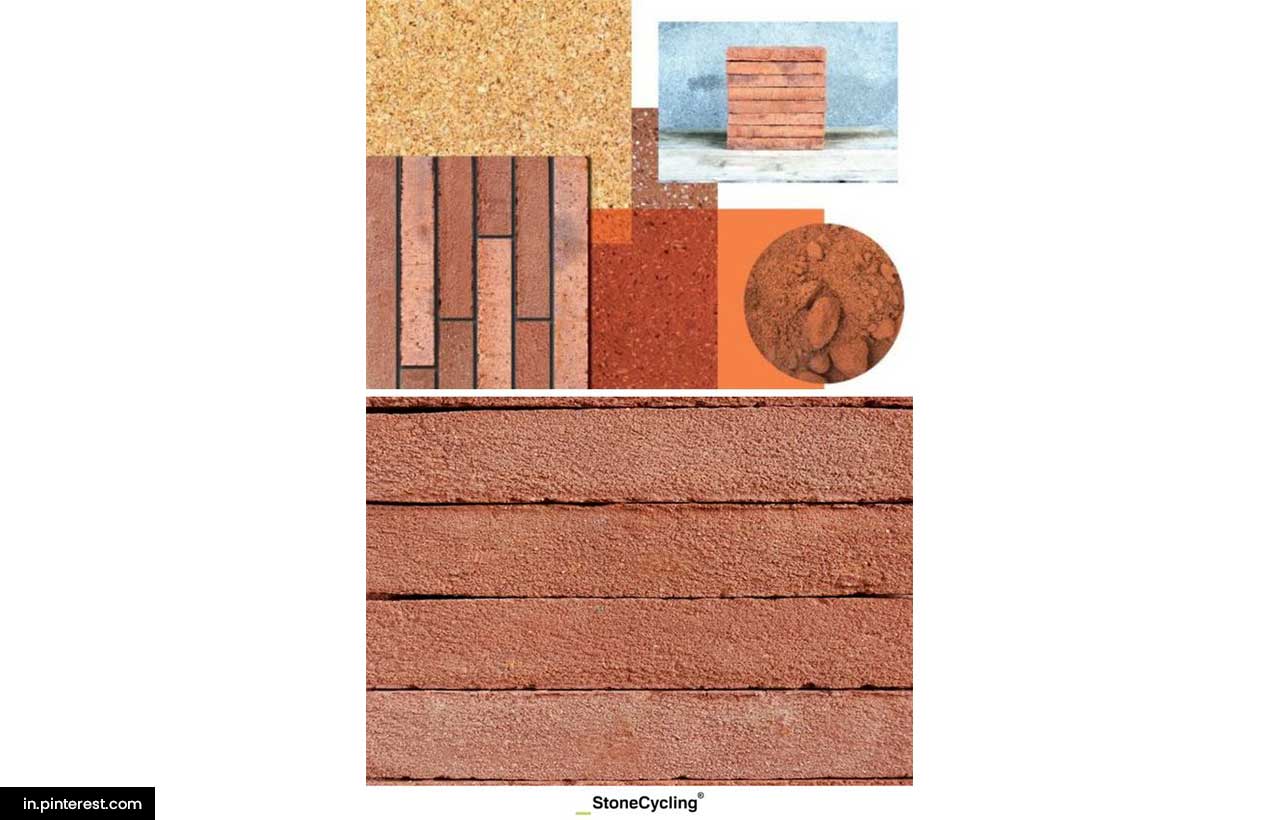
A continuous supply of new materials that, while initially lavish, are part of research programmes in many universities and companies that are already working with two specific objectives in mind: reimagining architecture to make it more creative and environmentally friendly. Opaque wood, luminous cement, cigarette butte bricks, concrete to urbanise Mars... choosing the appropriate material has historically been a crucial step in executing any architectural marvel.
Material selection affects not just the traditional nature, structural, and aesthetic elements of construction, but also the surrounding environment. With an increased emphasis on conservation and responsible design, architects are continuously on the lookout for creative and sustainable material options.
With the climate catastrophe on everyone's mind, the profession of architecture has joined forces in an initiative to improve the built environment. This has been accomplished mostly through the investigation of environmentally responsible building materials.
Let's go over 5 top and trending construction materials in 2023
Bamboo
The high tensile strength, sustainability, and speed of growth of bamboo have attracted the worldwide architectural society's attention. It has primarily been employed in Asia and South America, where it blooms abundantly due to perfect growing conditions.
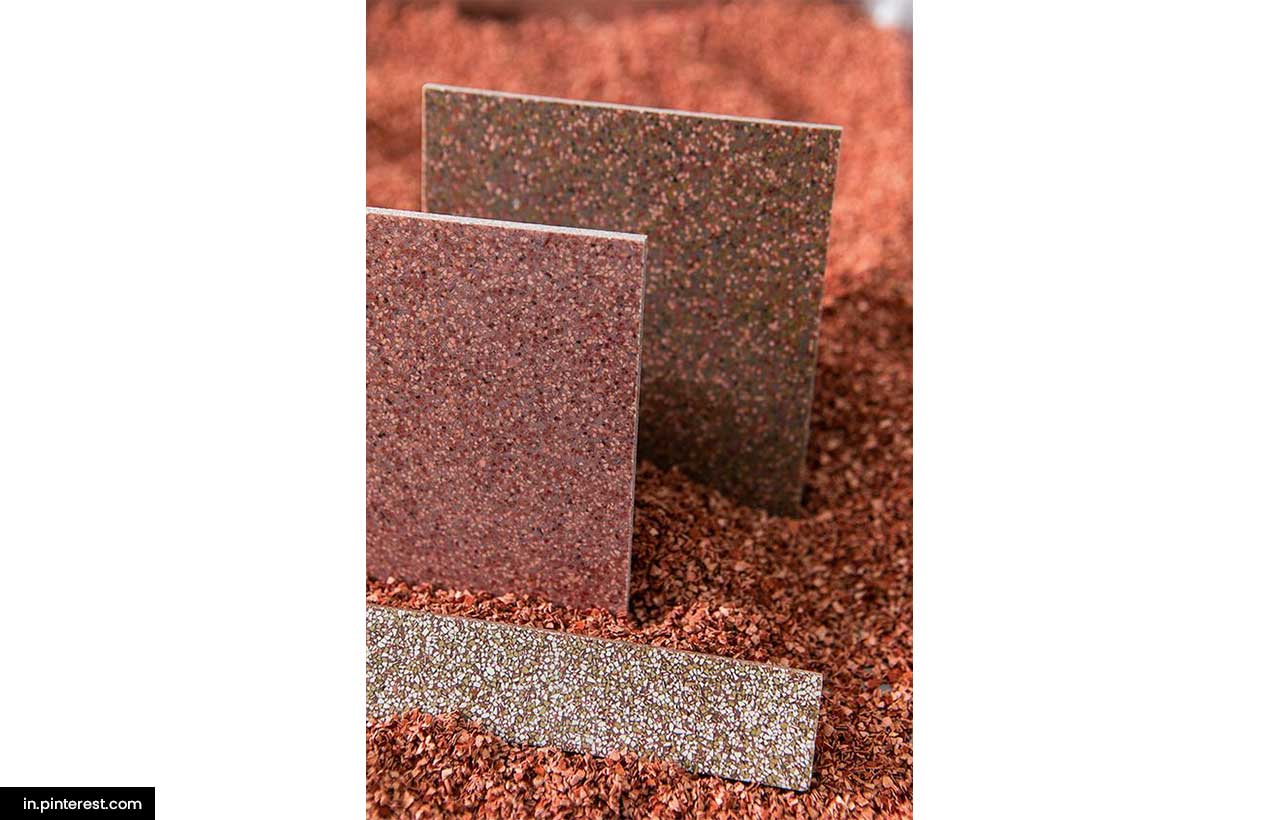 In terms of beneficial environmental impact, bamboo emits 30% more oxygen than other plants, contributing to a more environmentally responsible built environment. Not to mention that it's elasticity and light weight make it an excellent material for artistic and detailed work. Many firms recognise the promise of this renewable resource and are striving to create bamboo treatments that will extend the material's lifespan while rendering it moisture-resistant.
In terms of beneficial environmental impact, bamboo emits 30% more oxygen than other plants, contributing to a more environmentally responsible built environment. Not to mention that it's elasticity and light weight make it an excellent material for artistic and detailed work. Many firms recognise the promise of this renewable resource and are striving to create bamboo treatments that will extend the material's lifespan while rendering it moisture-resistant.
Graphene
Graphene, while still in its early phases of research and testing, is another substance to keep a lookout for in 2023. Graphene is the smallest material known to man, yet it is extraordinarily durable. It’s 200 times stronger than steel. Graphene is incredibly strong, but it is also extremely conductive, light-absorbing, and antimicrobial.
Researchers have begun investigating the prospects of graphene-reinforced composites, which could potentially offer a green alternative to concrete, due to their promising qualities. Graphene's conductive qualities have also piqued the curiosity of architects engaged in smart cities while the antimicrobial qualities of the material indicate the potential for hospital architecture.
Microalgae
The past year has witnessed designers rethink architecture's possibilities--from rigid frameworks to living habitats. Architects are investigating the feasibility of embedding microalgae into the façades of buildings to generate renewable energy and purify the air. Microalgae are photosynthetic organisms that can absorb carbon dioxide and generate oxygen through photosynthesis.
When microalgae are embedded into a façade, the constructed building becomes a carbon storage and biofuel production vehicle. As a result, by incorporating microalgae, the constructed environment has an opportunity to become a dynamic ecosystem with cleansed air and readily available energy.
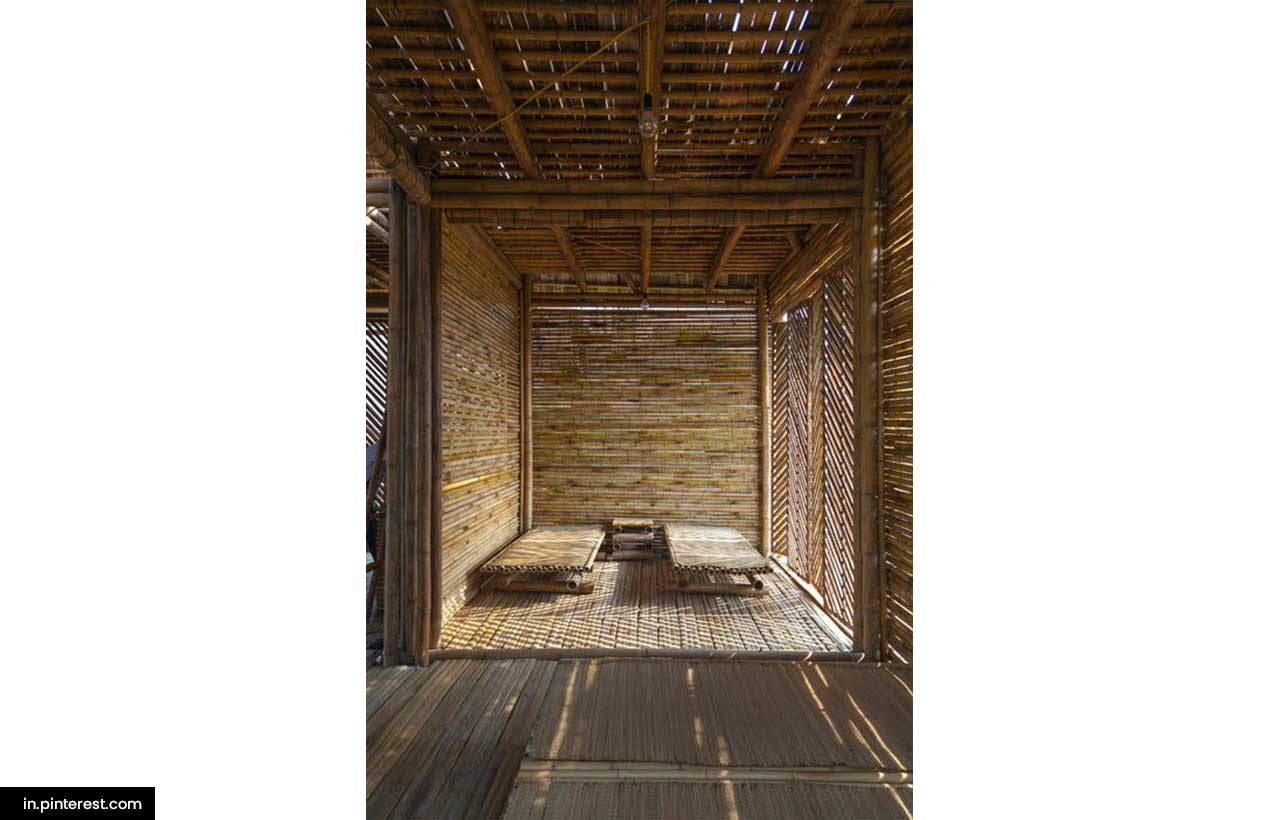
Insect-Infested Timber
Thanks to technological innovation, materials that were formerly inappropriate for construction can now be turned into useful materials. Hannah, an experimental design studio in New York, builds from beetle-infested wood. It’s a native species found in North America that poses a threat to Ash trees.
It’s crucial to discover ways to utilize billions of infested ash trees to prevent EAB from threatening a vital source of building materials. HANNAH Office has created an EAB-infested irregular timber that can be processed and repurposed into a useful building material by a robotic system. It shows how technology and entrepreneurship can lead to innovation.
Straw
Thanks to its strong insulating capabilities and good ecological imprint, this traditional construction material is presently making reappearance in the design language. Straw is both resilient and biodegradable and can survive for up to a century if maintained properly. Straw-- like mycelium--has not yet been used for many large-scale productions but it shows potential.
Due to its widespread availability, straw may be procured locally, promoting a more sustainable supply chain and building procedure. With adequate maintenance and under low moisture conditions, this local substance demonstrates to be a cost-effective, easy-to-work-with, and long-lasting insulating material.


